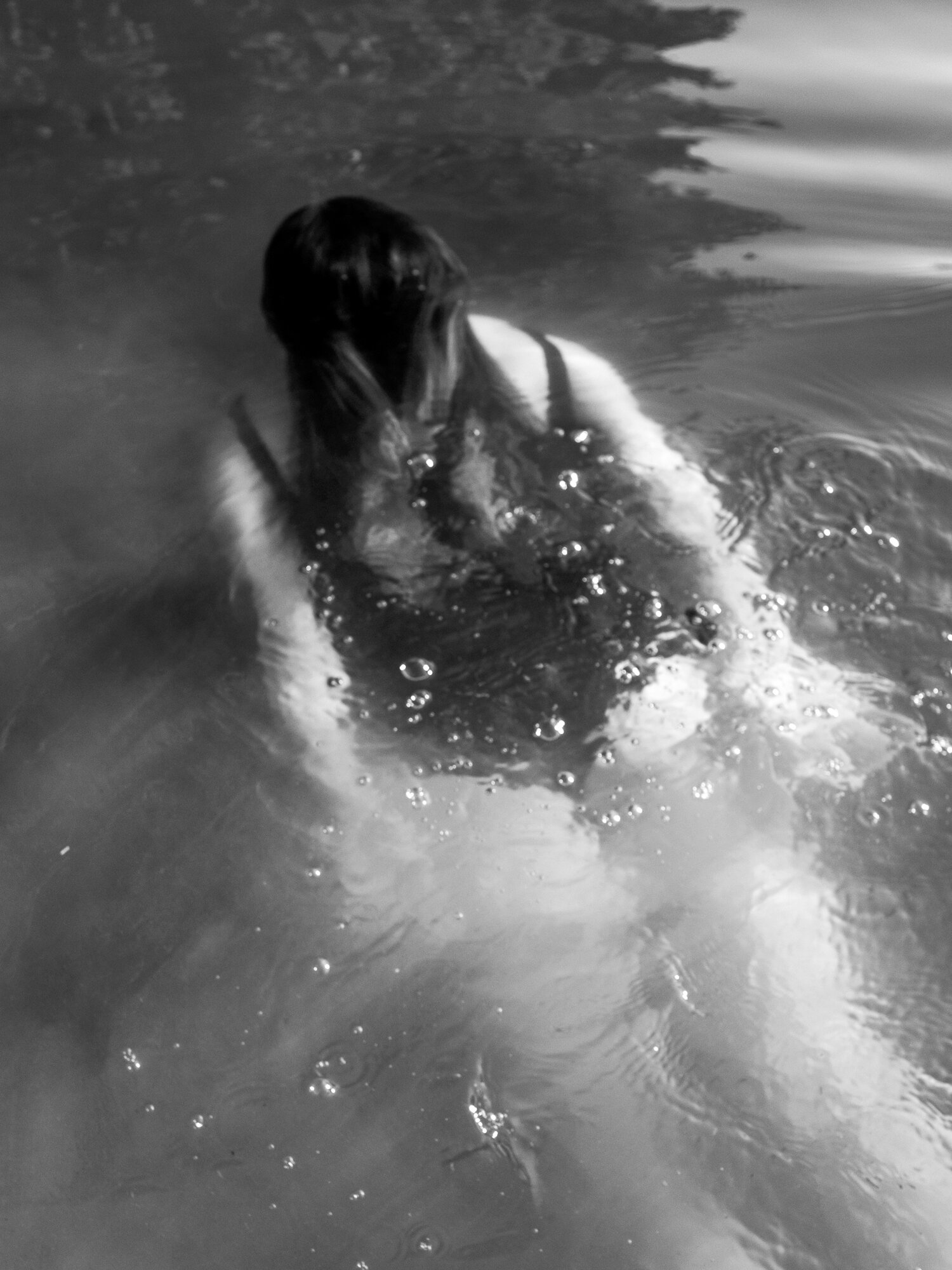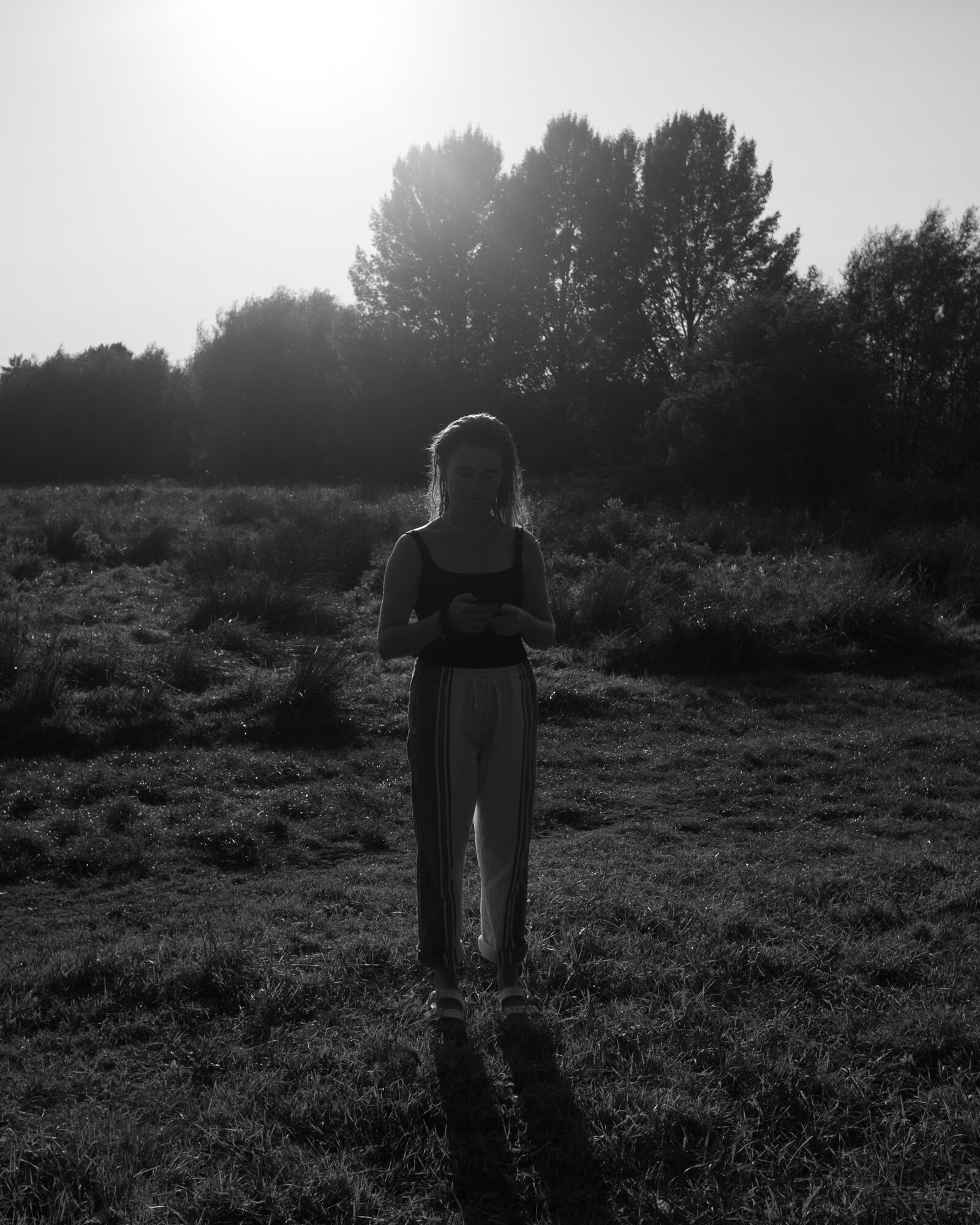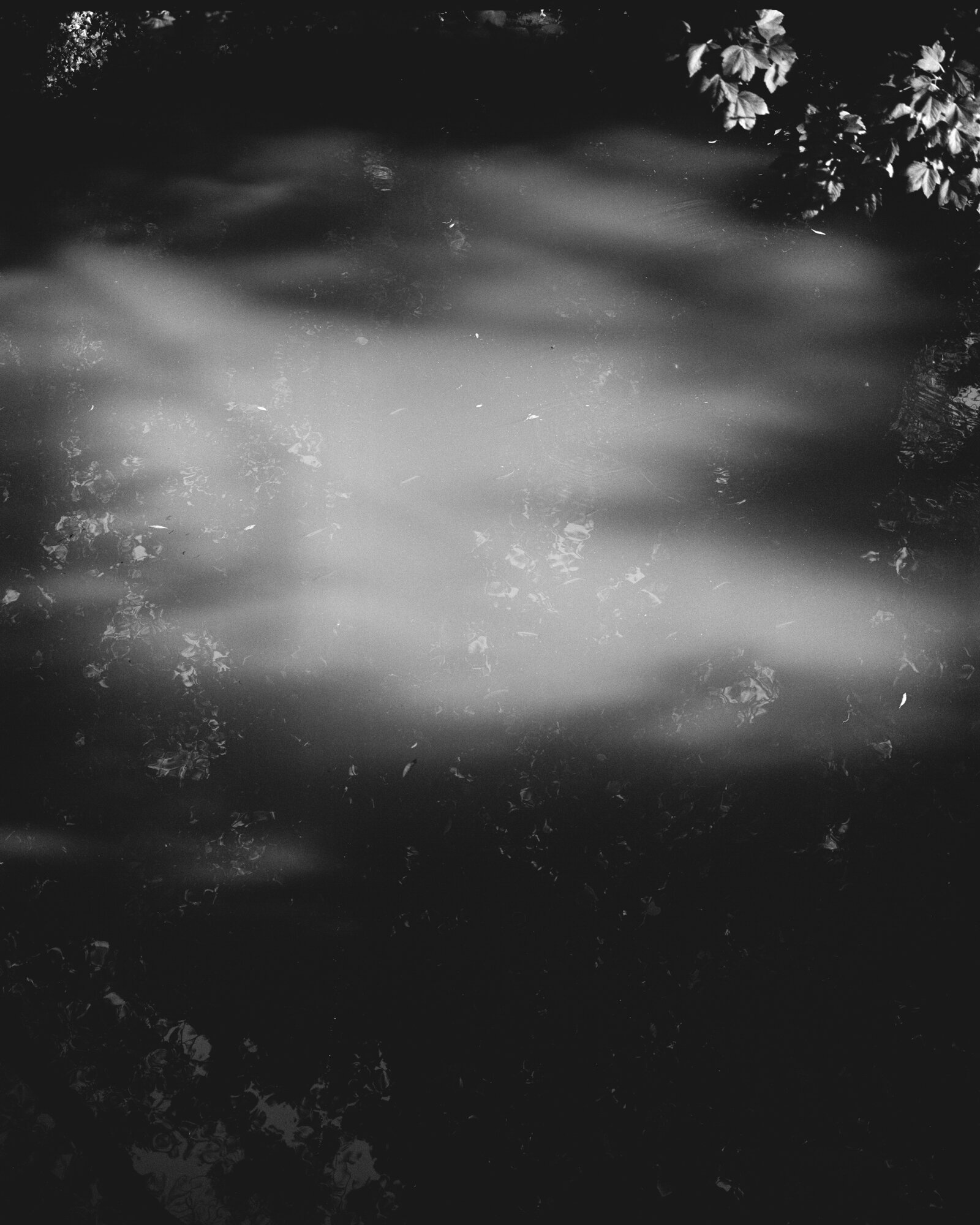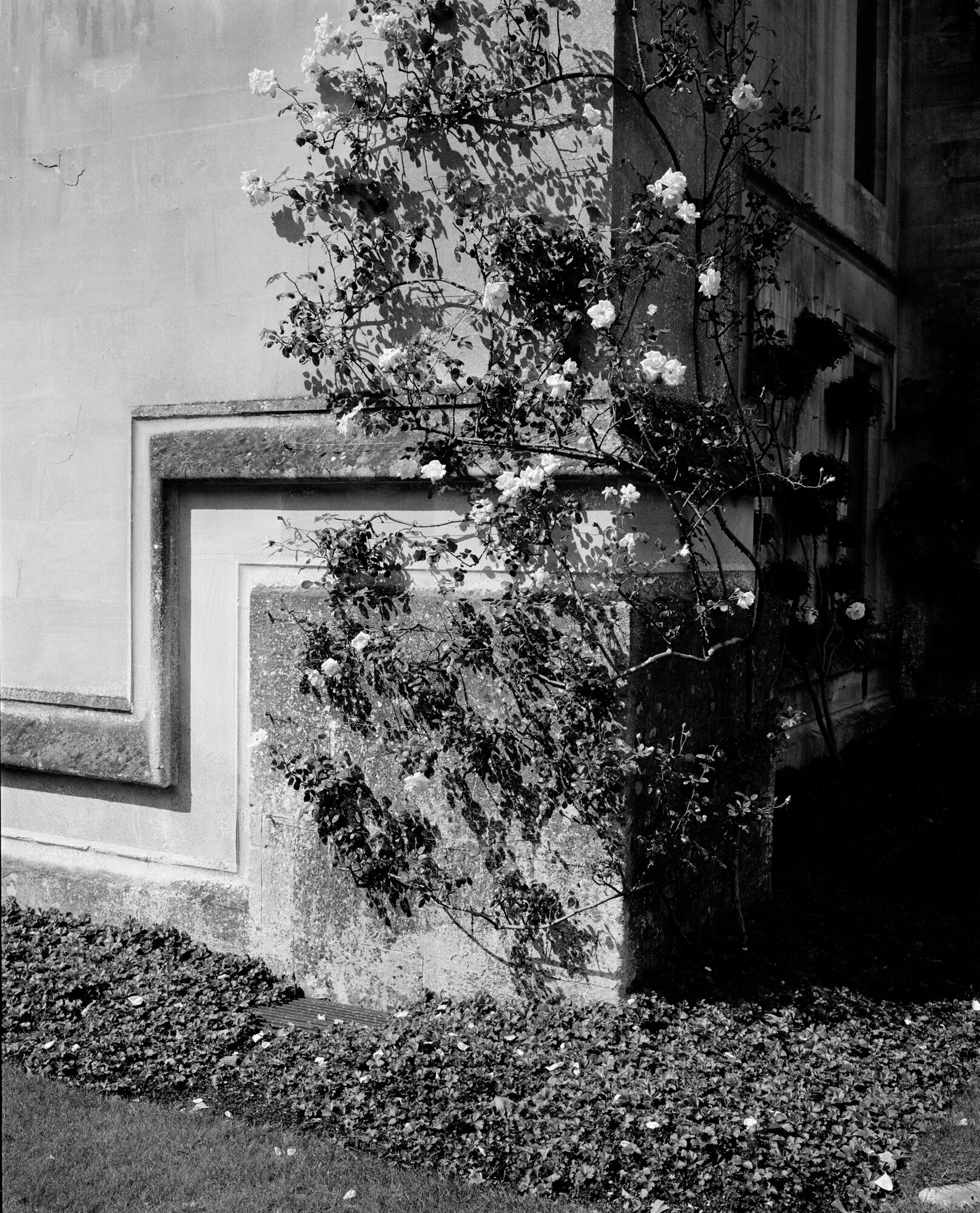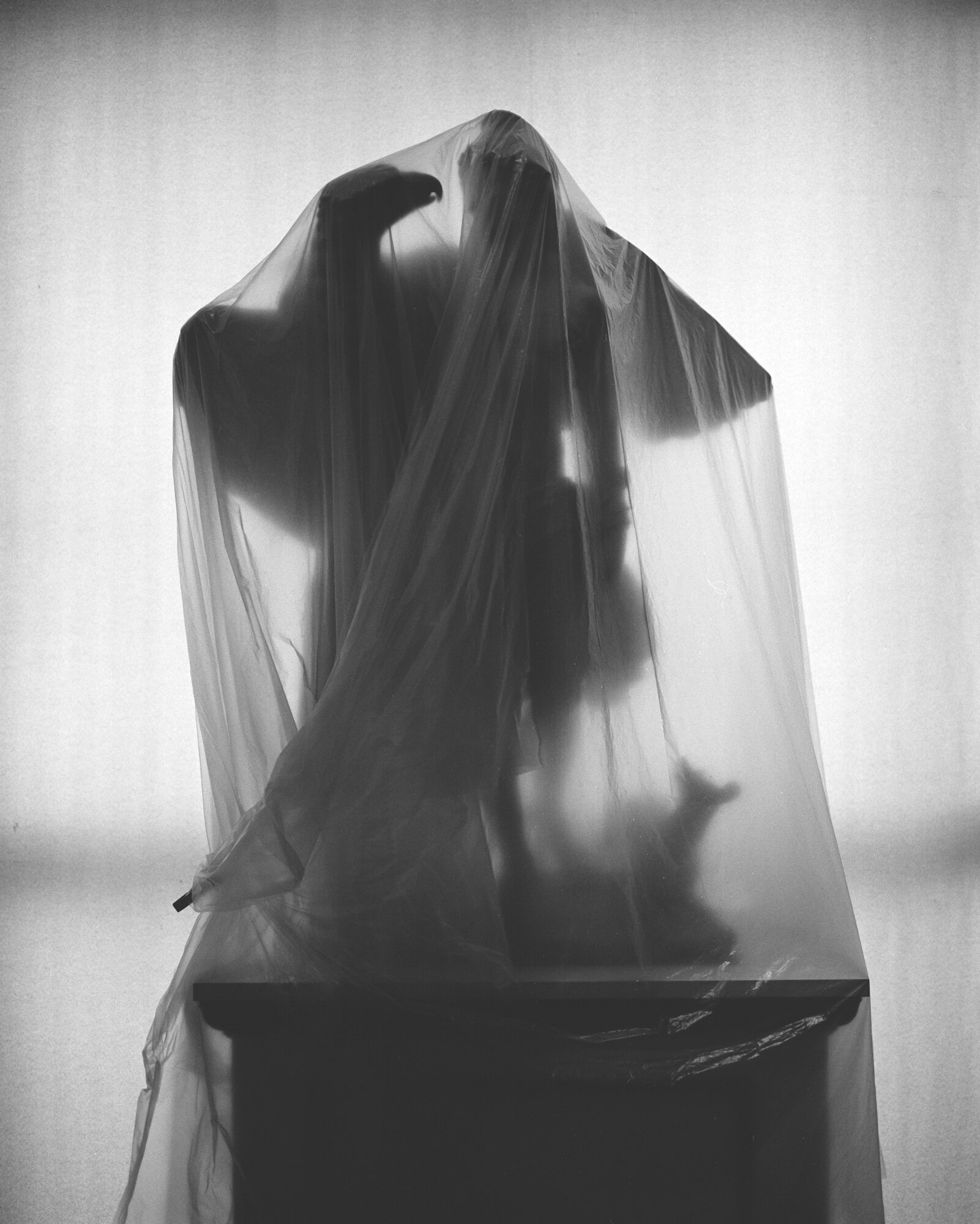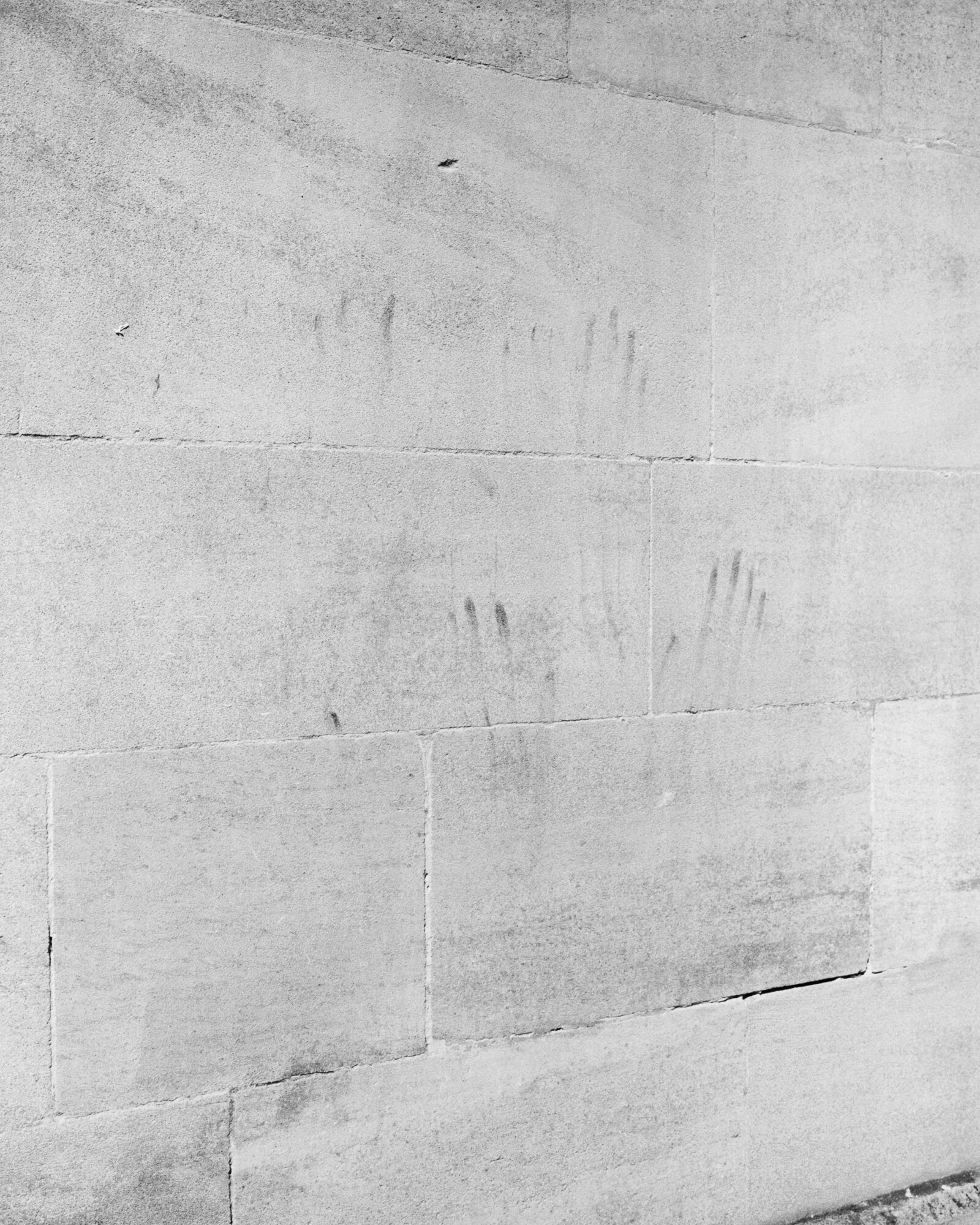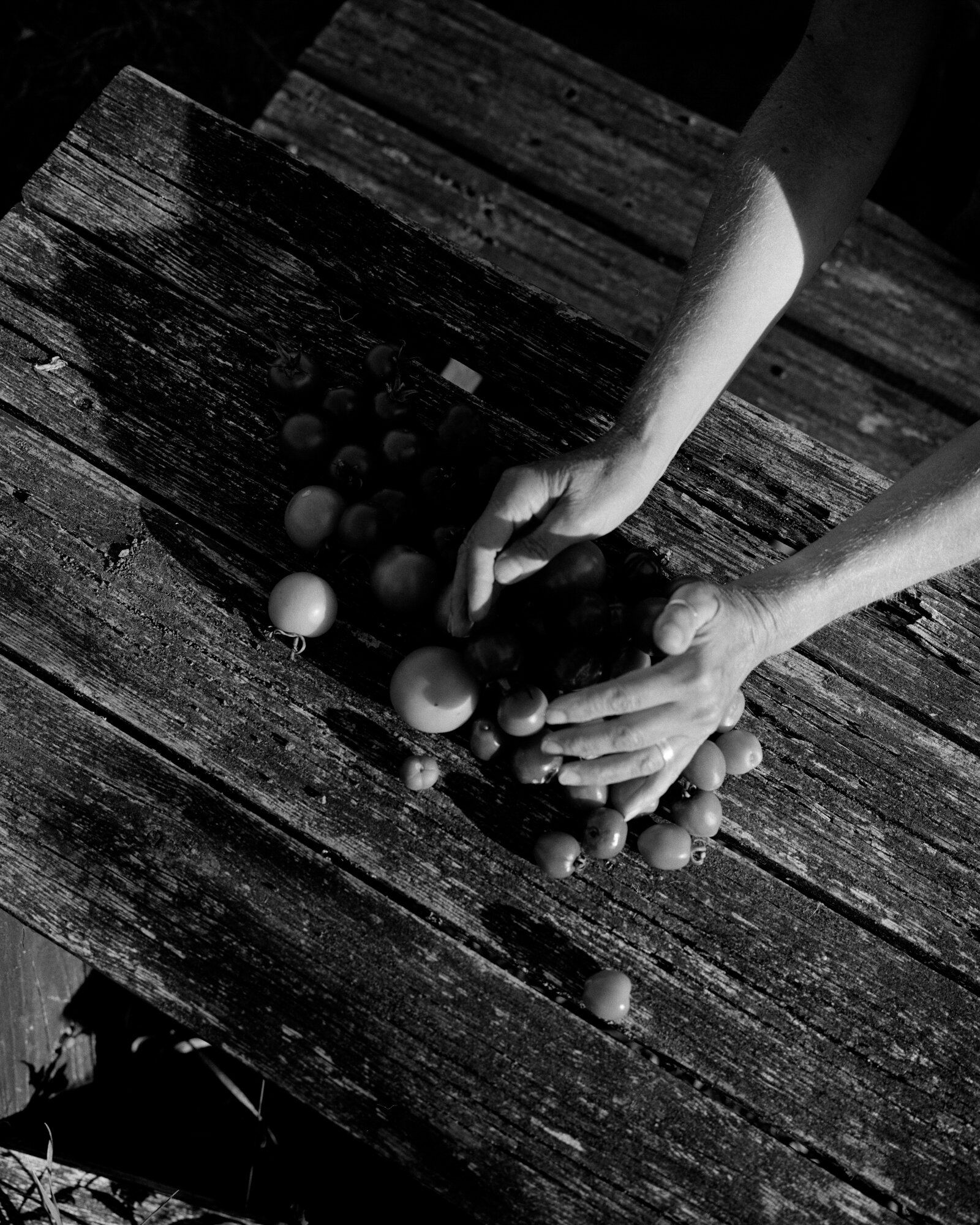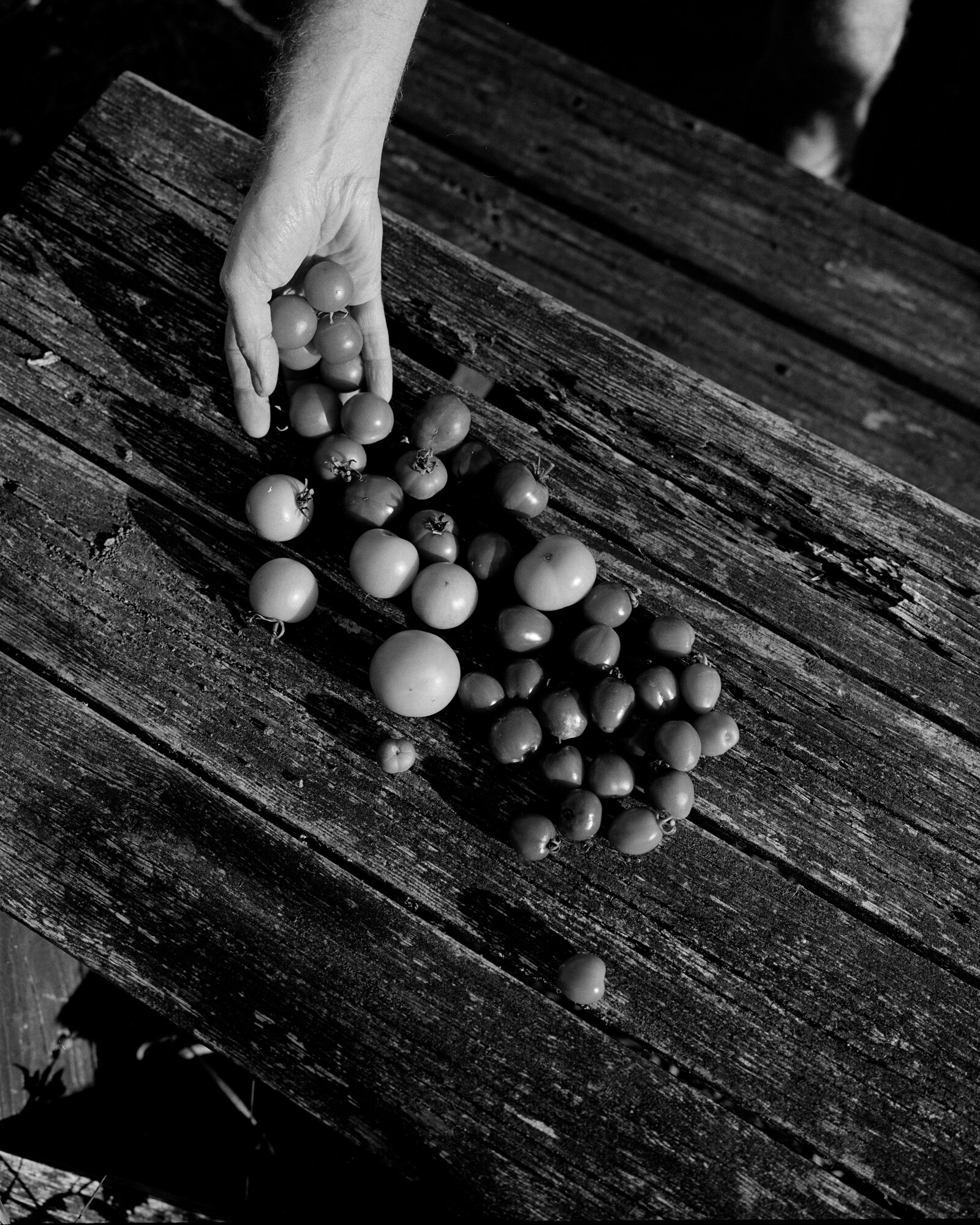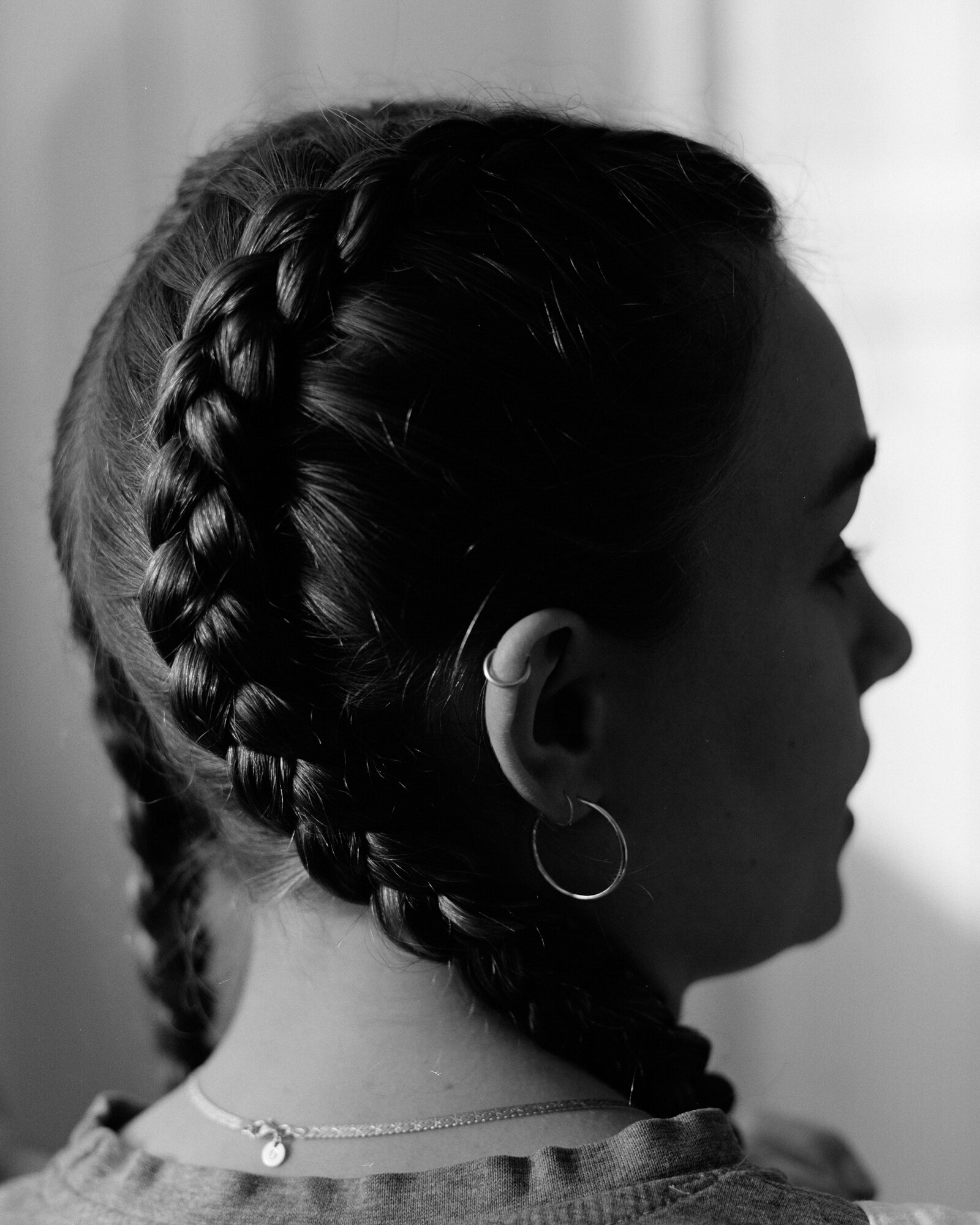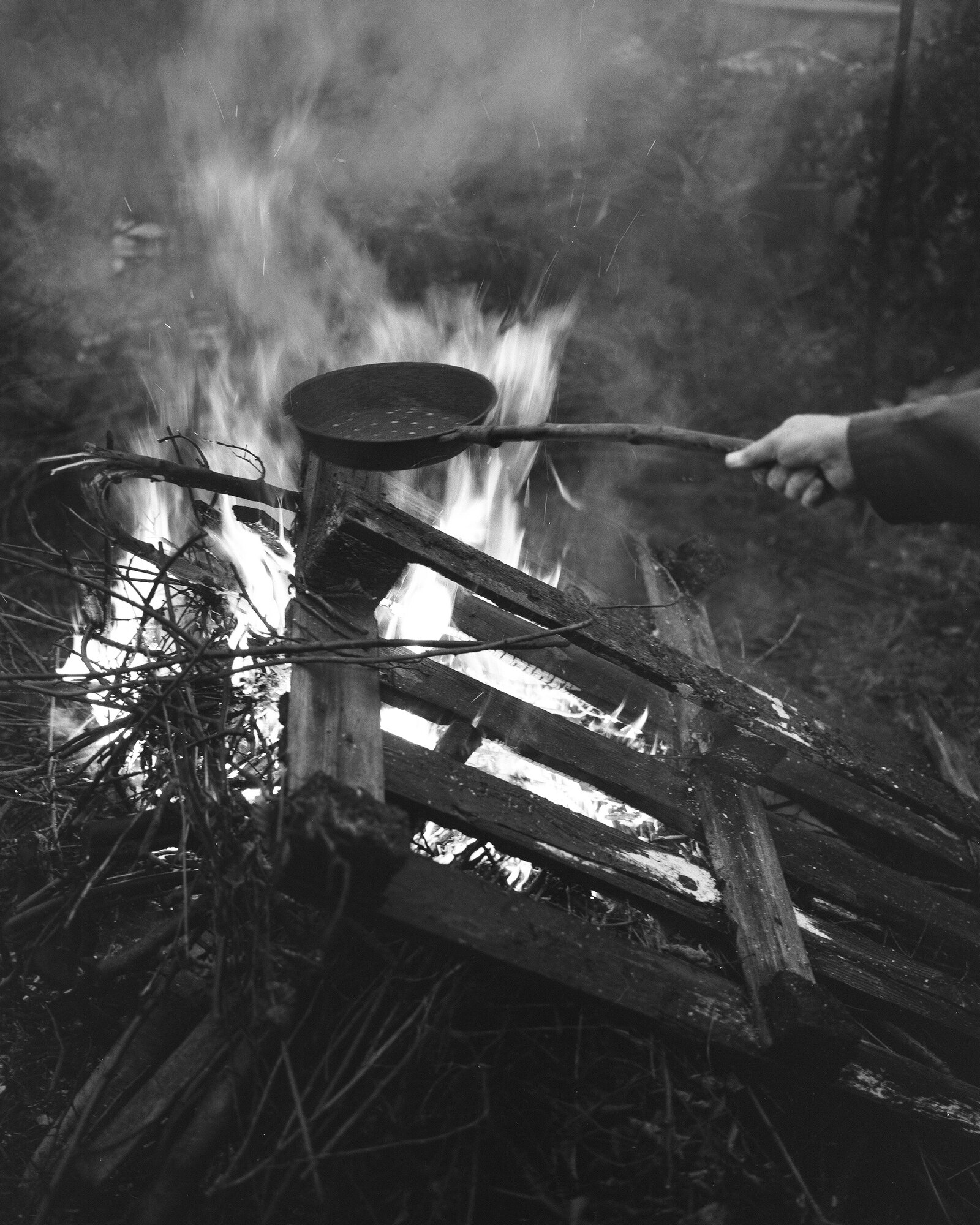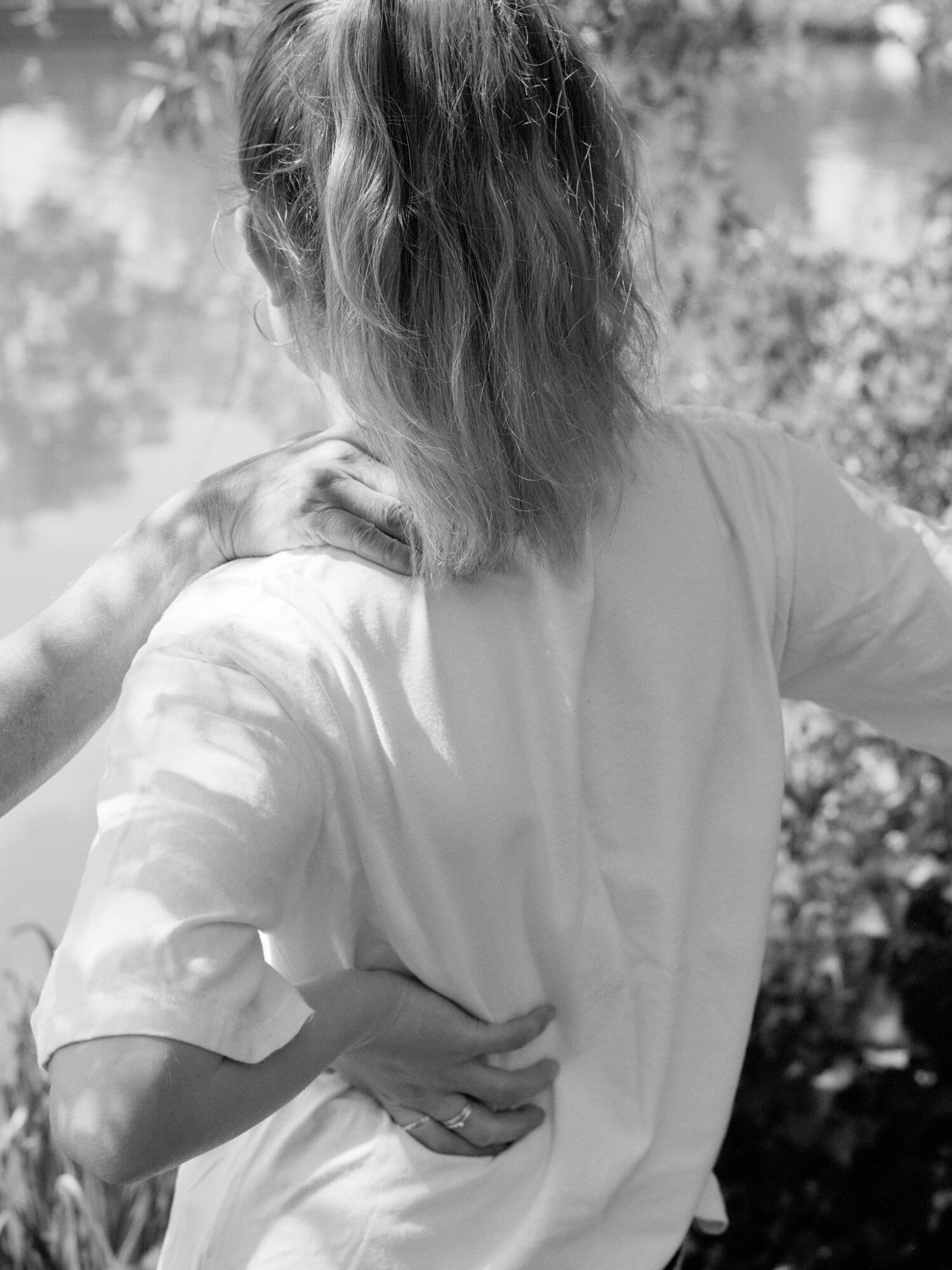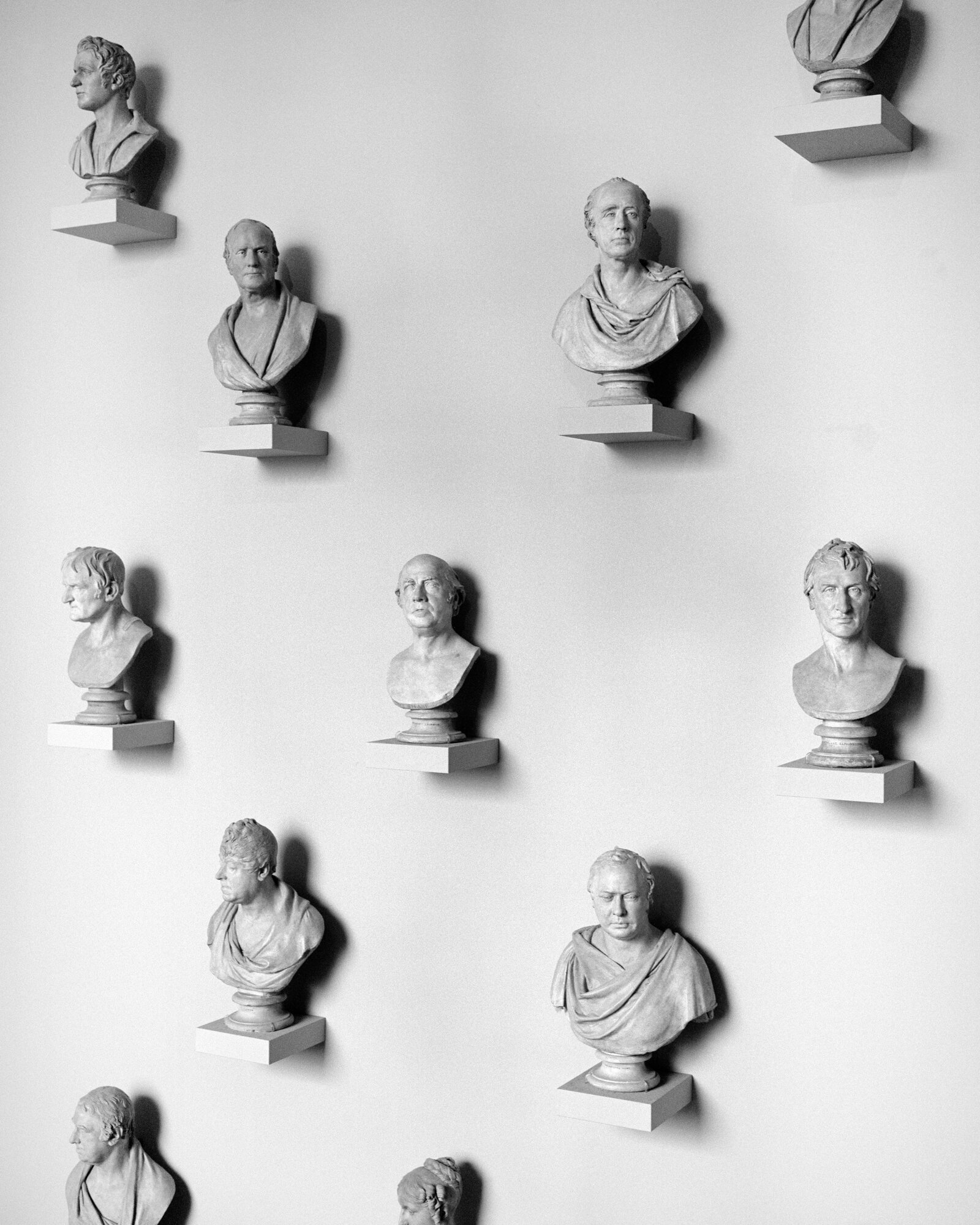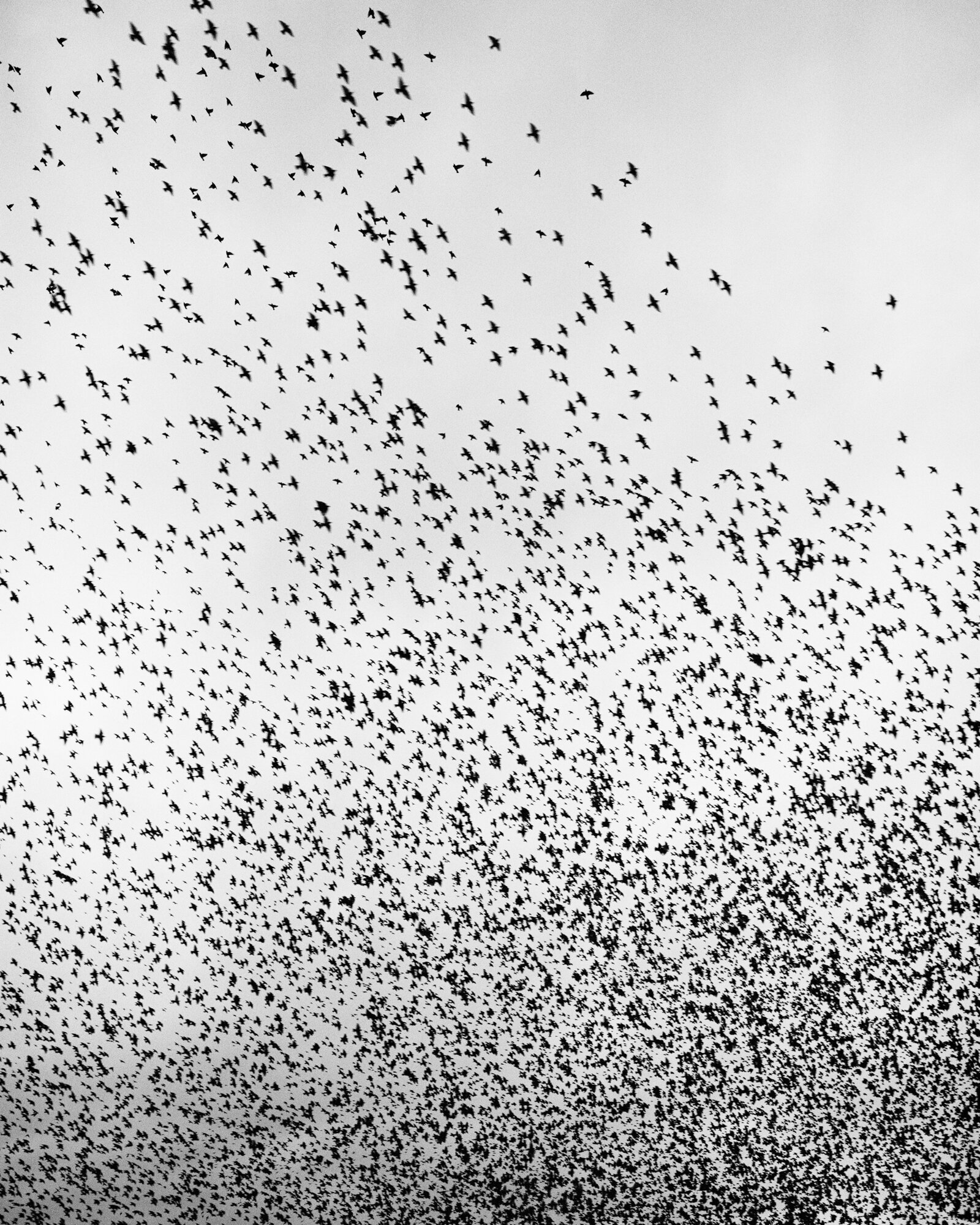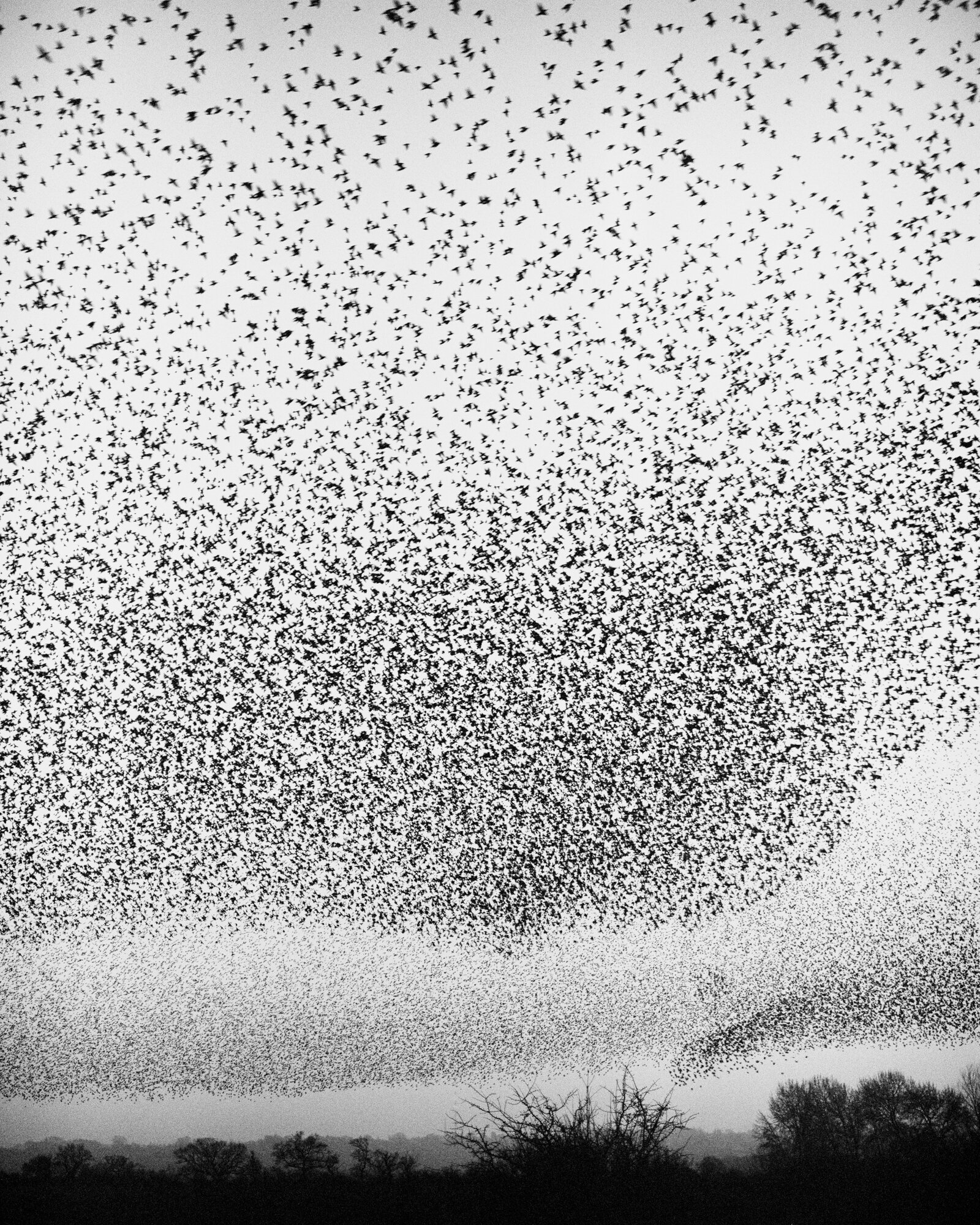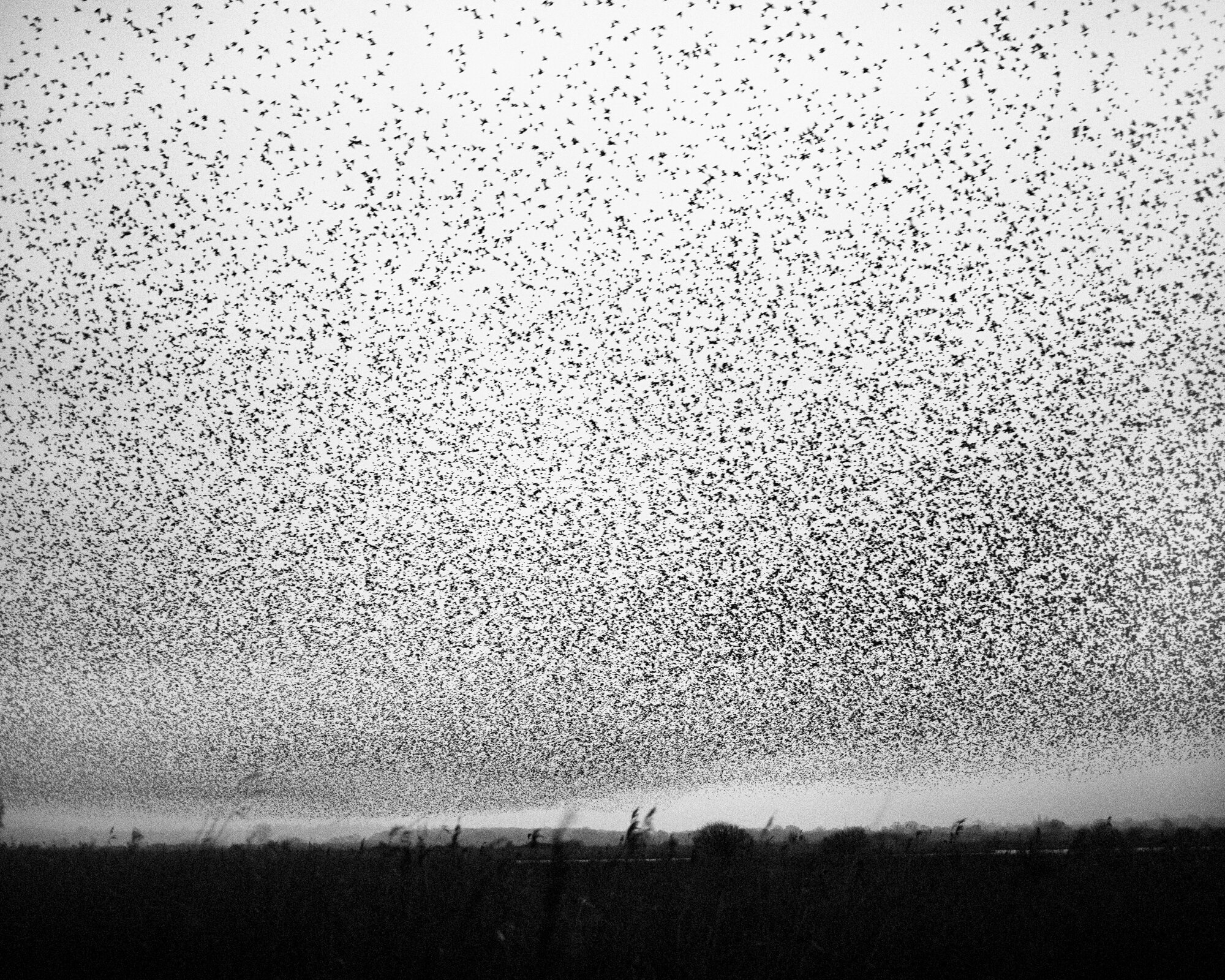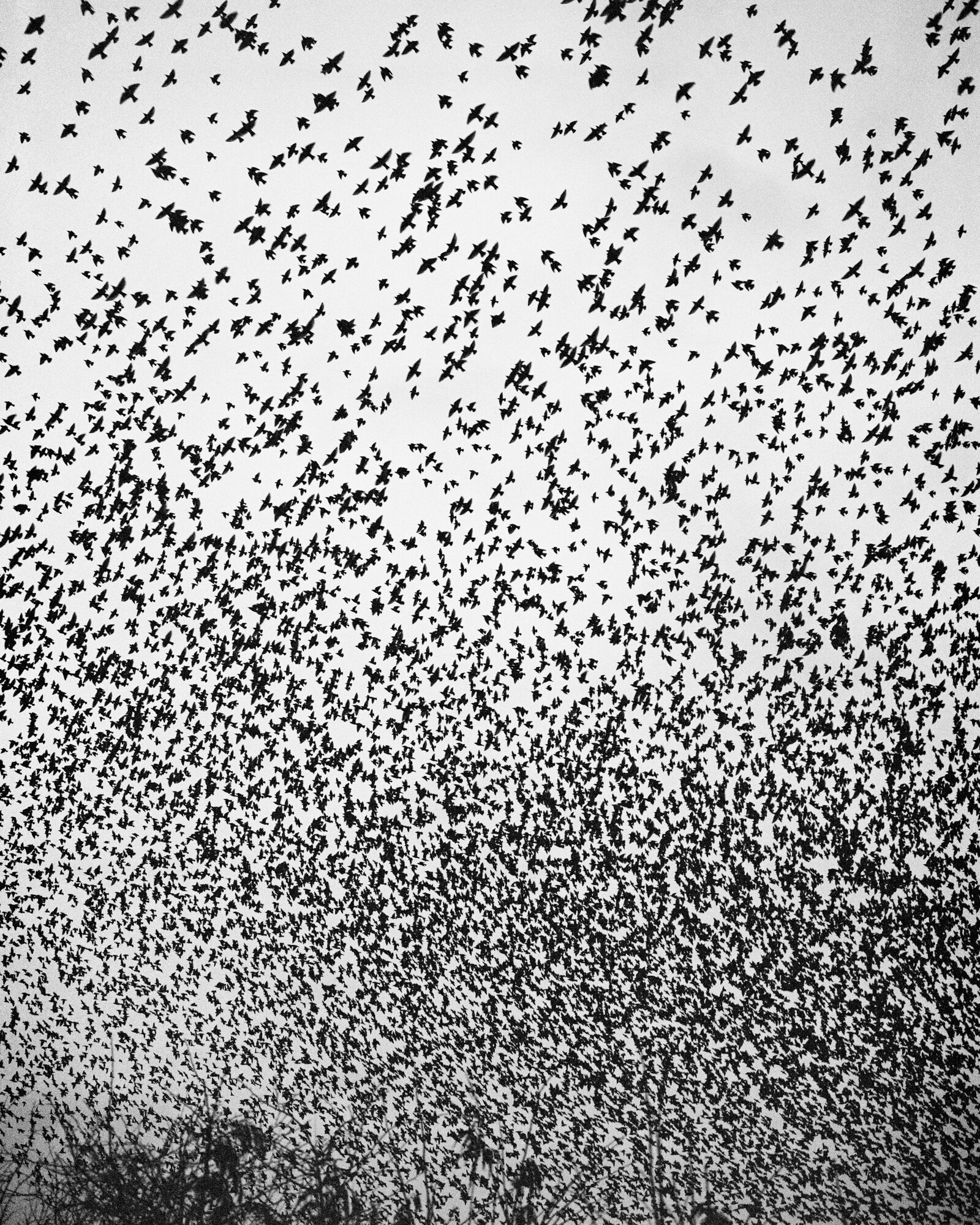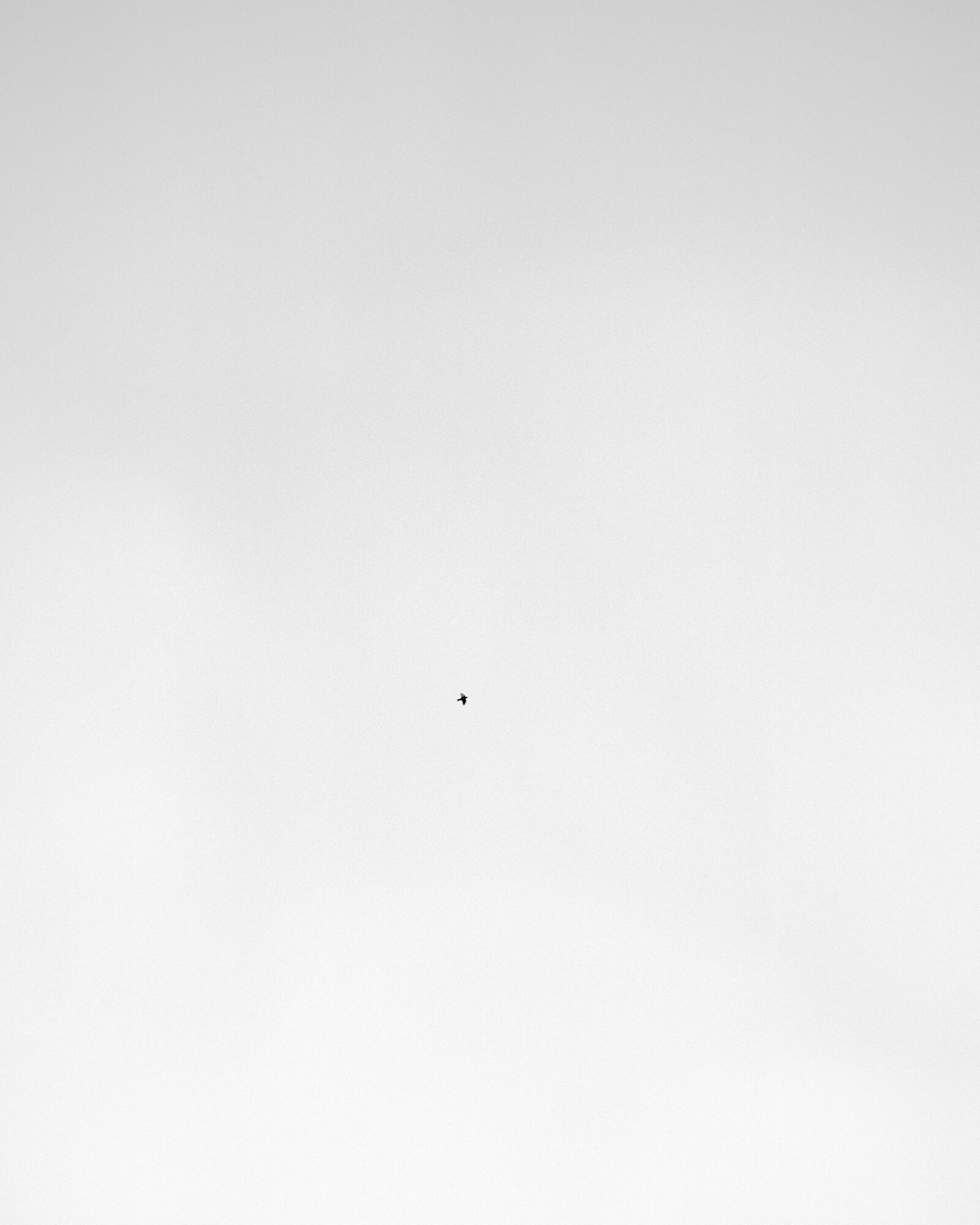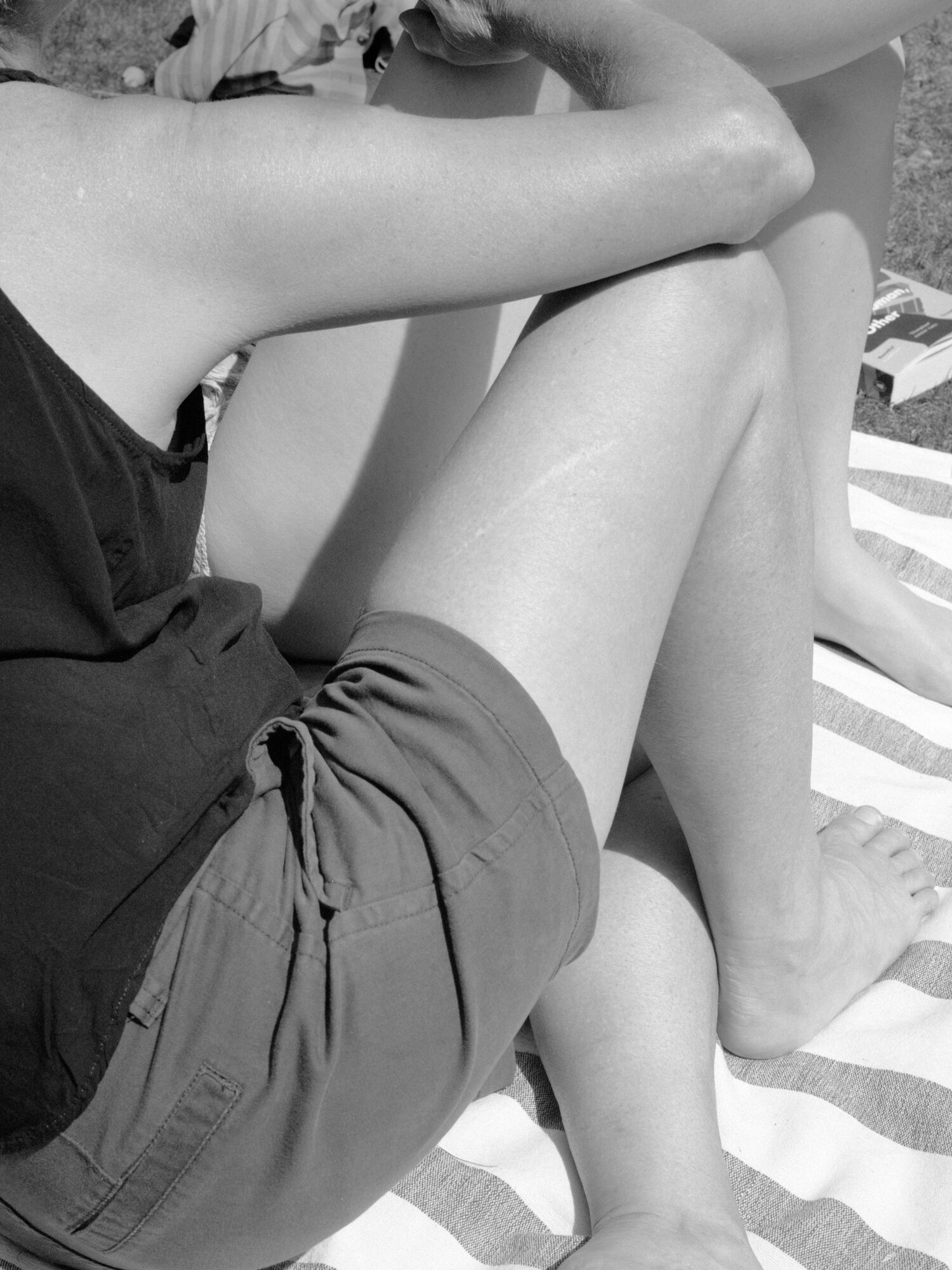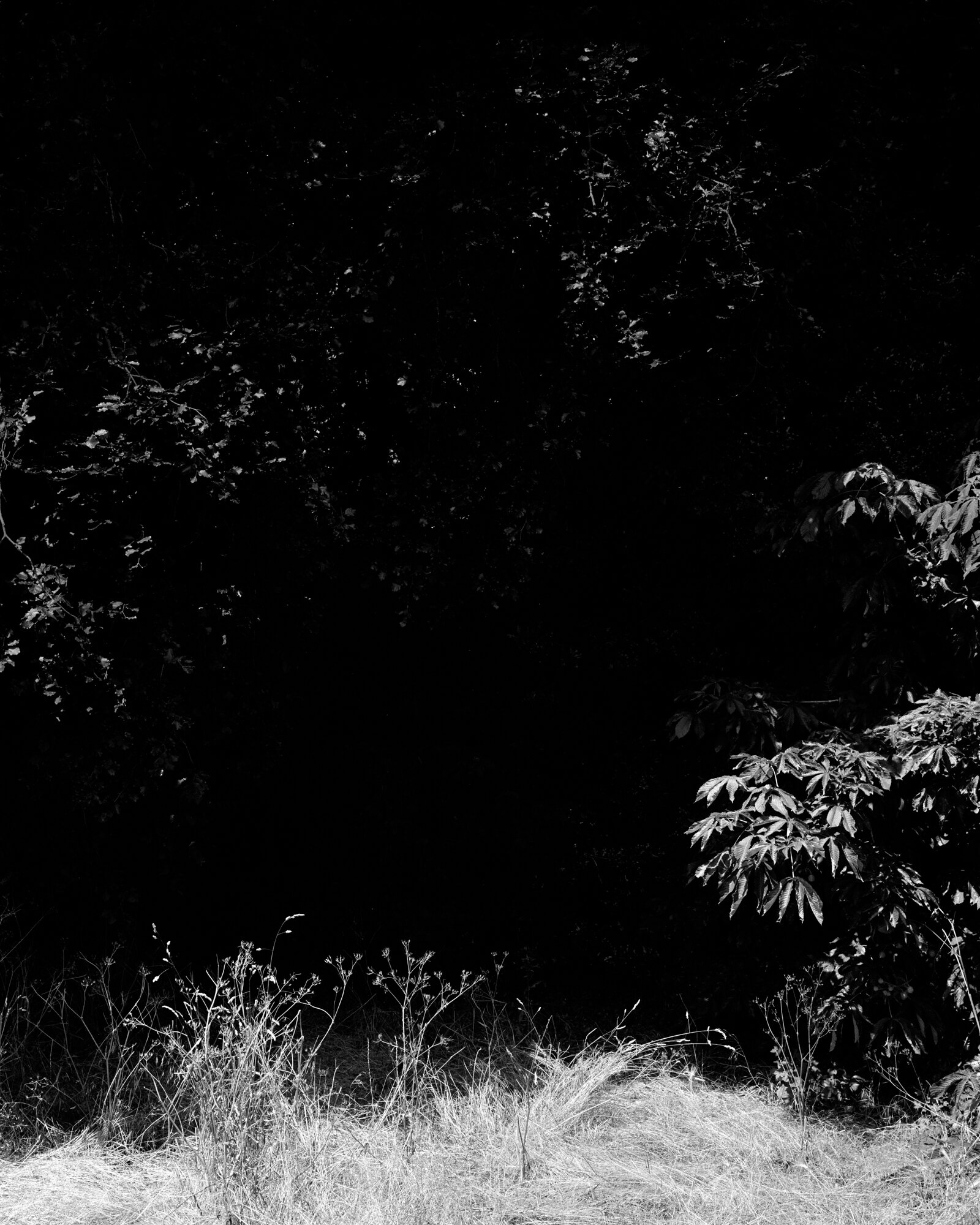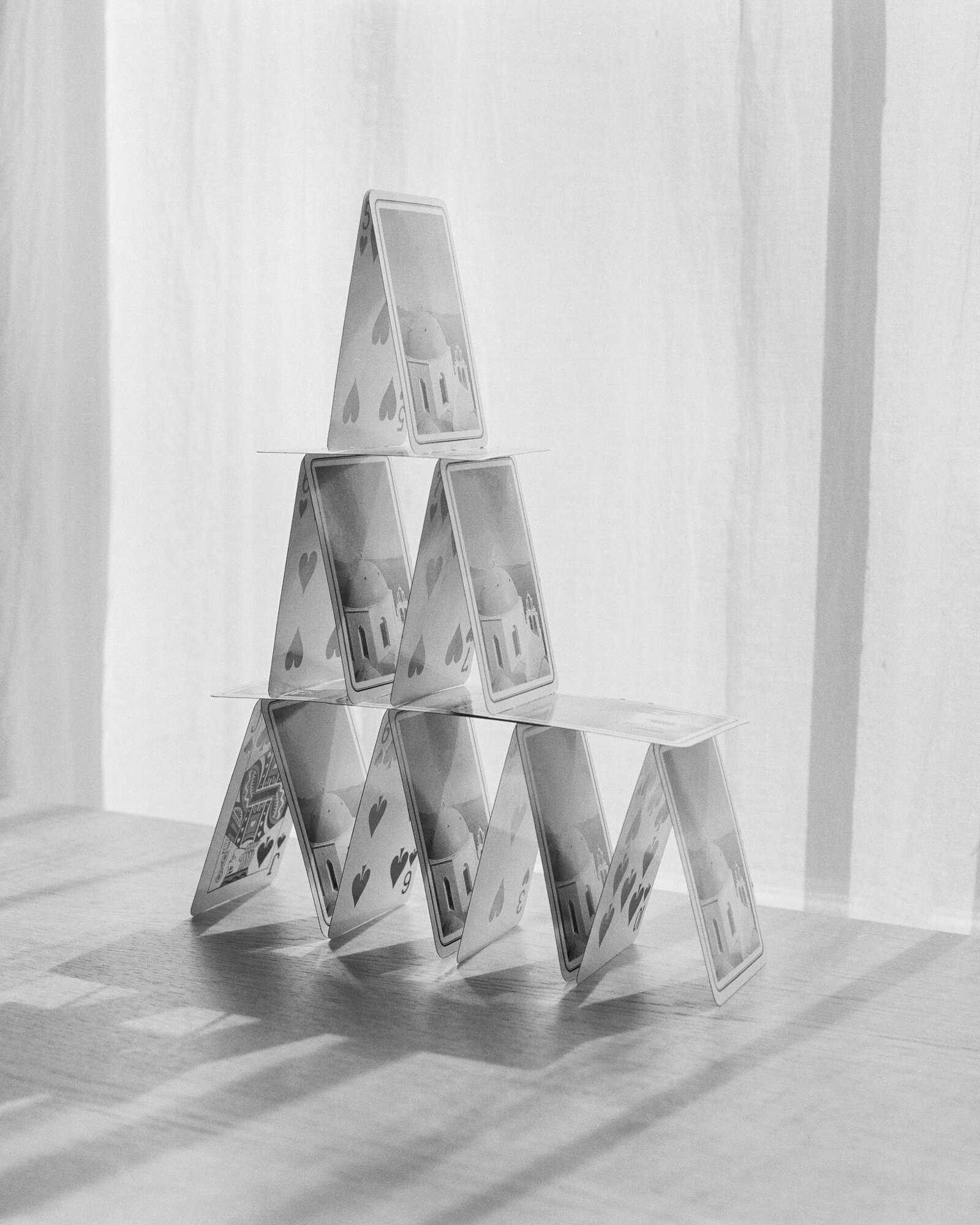Story 118: Billy Barraclough
What is your backstory?
I feel very privileged to have grown up around photography. My dad was a really great semi-professional photographer and I grew up around him always taking photographs, his collection of photography and art books, and his cameras and prints around the home. I was always aware of photography through his love for it and after inheriting his analogue cameras I started making my own pictures around the age of 14.
Ever since I took my first pictures, photography completely grabbed me. Although being a very obsessive child who flirted with every sport and hobby known to man, photography was one of the few that stood the test of time.
I think being a naturally inquisitive person, photography gave me a channel through which to direct my interests and questions about the people and world around me, as well as giving me a platform through which to experience the world as my dad had.
Despite my pursuit of photography, I did a degree in International Development and Economics and continued my practice alongside those studies, before going back to university to do my Master’s in Photography at Bristol UWE in the United Kingdom. I graduated from the Master’s about 4 months ago.
What camera gear/editing setup do you use?
There is the classic frustration with this question being unimportant. And although I agree with this and see it as essentially the photographer making the picture and not the camera, your equipment does lead you down certain paths of what makes sense or what is possible to photograph. And so I do think there should be an appreciation that certain equipment, despite not going to make you emulate certain styles or looks from the click of a button, will take you along certain routes or paths due to the way you work with it.
My current equipment is a Mamiya 7 Mark I with 65mm and 80mm lenses, and a Canon 5D Mark IV. However, this set-up is currently in flux as I’m thinking about my next project and what equipment will allow me to work in the way I hope to. I’m thinking of changing my Mamiya 7 for either an RZ67 or a Pentax 67.
My current editing set-up involves developing my film at my local lab and then making scans at home on my Epson V850. I make edits to digital files through Photoshop & Lightroom. But the dream is to have a darkroom, and in my new flat there is a small boiler room I currently have my eye on.
How do you achieve the look of your photographs and could you take us through the process?
I don’t really know if I have a solid answer to this beyond making photographs that make sense or feel right to my eye. I do look at a lot of photography and engage in considered research and this informs the way I feel images should look, but when I come to making my own I try to put this aside, and follow my intuition in the shooting and editing phase to create an image that feels right to me.
Saying this, I do love the look and feel of film and so shoot with that wherever possible. I tend to always use natural lighting in my personal work and I like to play with shadows and light (when we have that to play with in the UK).
I do however feel like my process and the look of my photographs morph and adapt with each project I make and although my most recent work over the last two years is primarily black and white, I’m playing with colour photography at the moment. It’s been really interesting re-approaching colour photography after having thought about photographs as just black and white over the last couple of years.
Could you tell us the backstory of some of your photographs?
I’ll tell you the backstory to some of my most recent work, Murmurations…
I made the work over Winter 2020–21 during a time where, in the UK at least, the Coronavrius pandemic was at a peak and we were in the process of going into, and coming out of, multiple lockdowns. At the time I was studying for my Master’s in Photography in Bristol but moved back to Oxford to be closer to my family and make some work.
Near to my home in Oxford is a nature reserve called Otmoor where I’d been many times before to watch starling murmurations. ‘Murmuration’ is the word given to starlings as they flock together in their thousands during Winter and morph into shapes and formations across the sky.
Starlings murmurate for a few reasons – to evade predators like peregrine falcons, to keep warm over Winter by roosting in large numbers, and to aid the sharing of information. The sight of a murmuration is one of the wonders of nature in the UK – as the flock of nearly 80,000 birds pulls together and fills the sky, the sight is almost overwhelming, the sound is insane and the best thing about it during that Winter was that I most often than not got to experience it by myself as the only human on Otmoor because of the restrictions on travel.
As the Winter lockdown took hold in the UK, I used my allotted exercise to migrate to the starling’s roosting spot before dusk nearly 3 or 4 times a week. Some days the starlings would only murmurate for a few seconds or minutes – usually on the wetter, windier days – but on clearer, still days they might dance across the sky for 20 minutes before filtering down to roost in the reedbeds below. And so I started obsessively making pictures of the murmurations. Not being led by a particular idea or project, but just photographing the different shapes and forms the birds pushed and pulled into.
As Spring came around the starlings stopped murmurating, and I stopped making pictures and started to edit the work. Rather excitingly the project has recently been published by newly-formed photobook publishers Besides Press.
What is ‘Murmurations’ and what is the story behind it?
‘Murmurations’ is a study of the shape, form and scale of starling murmurations and is also a personal reflection on the current global crisis, the heightened connection to nature during this period, and the act of coming together as a group, or crowd.
As I started to edit the work with the Besides Press team, I started thinking about how the images of the starlings featured so few tonal elements – the images always containing the grey of sky and the black of the birds. It almost felt as though the grey of the sky was similar to the white of a page and the birds in black were almost like words or individual letters scattered across the page. Not only did the murmuration images share the same tonal elements as writing, but lines of text often shared similar shapes to the clouds of starlings as they pushed and pulled across the sky. On the back of this we felt there was an opportunity for poetry to sit alongside the images.
So we started working with Lue Mac, a poet based in Dorset, who themself observed murmurations over winter 2020-21. Working collaboratively we were interested in the poems not being in response to the images or directly about starlings, but rather a reflection of Lue’s own experience. Lue has written five beautiful poems for the project which reflect on themes such anticipation or expectation, the feeling of ecstasy or climax, and the progression from Winter through to Spring.
With regard to the edit and sequence to the book I was keen on the images and poems mirroring the progression of a murmuration – starting quietly as the individual birds begin to come together, building in weight and size as the birds start to pull together, before reaching a crescendo where the murmuration is at its heaviest, loudest and largest, before settling down again as the birds begin to filter down from the sky to roost in the reeds below. The sequence of images and poems match this progression in their weight and intensity.
Another important element to the work is the sense of scale and the constantly shifting shape of a murmuration. When 80,000 starlings are murmurating they begin to block out the sky with their mass and we were keen to bring this to the book. We did this by introducing a few folds which really play with this element of scale and size. Bringing gatefolds and foldouts to the book also allowed for the book to morph and change shape through the sequence.
The book launched on October 1 in Bristol and will be exhibited in Norwich and London later in the month. You can order the book and find more about it on this link: https://besidespress.com/Murmurations-1
What advice do you have for aspiring photographers?
This is a bit of third-hand advice actually; advice that I received which resonated with me and that I hope brings something to you.
My lecturer during my Master’s in Photography at Bristol UWE was Aaron Schuman. And among the countless pieces of guidance and help he gave me throughout the course there was one story of his that contained some great and simple advice …
Aaron was a photography student himself in New York. Whilst preparing some work of his for an exhibition being held at the University he was keen on inviting some photographers that he admired. One of which was Richard Avedon. Aaron sent out an invite to Richard Avedon and as you can imagine he was a little busy to attend a student’s exhibition in one of the university hallways but wrote this very lovely and sincere letter to Aaron which thanked him for the invitation and explained that whilst he would love to attend he wasn’t able to on that date. At the bottom of the letter he wrote something akin to ‘If you do something photographic every day, you’ll be surprised to see where it takes you.’
And so whether around work, or studies, or life more generally, if you are able to do something every day that is in some way related to photography – whether this is research, emailing picture editors, watching a film related to your practice, editing images, learning to print, taking phone pictures, going to an artist talk or actually taking photographs – doing something that informs your work or practice every day will get you moving in the direction you want to go and will work towards helping you achieve what you want to do in photography.
It’s simple advice, but I think it's achievable and believe it works.
